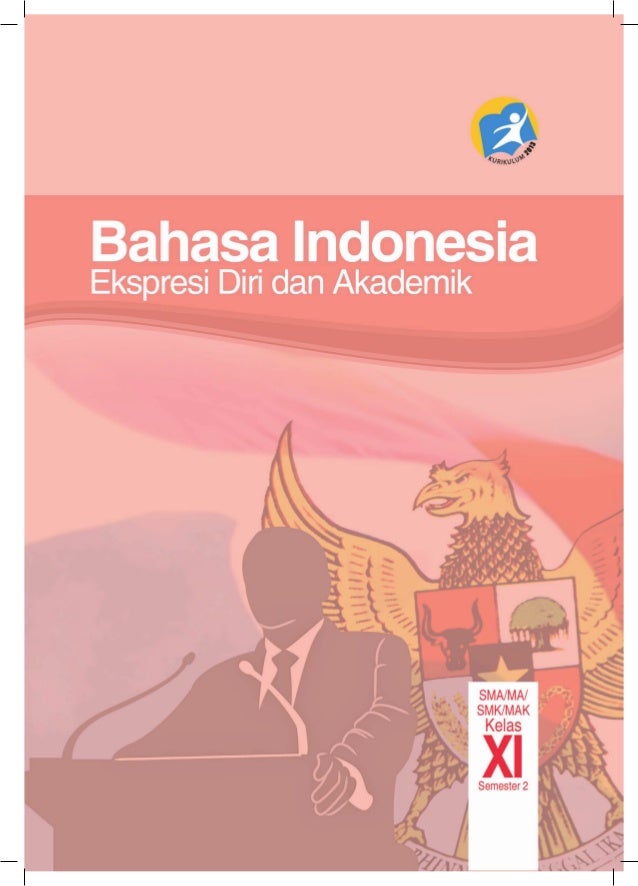Buku Catur Bahasa Indonesia

Status Indonesian is the statutory national language of Indonesia where it is spoken by close to 23 million people. It is a second language for another 140 million people (). Most Indonesians are bilingual, and many are proficient, to varying degrees, in three or four languages. They learn at least one of the country’s many local languages at home, and later learn Indonesian in school. Generally, Indonesian tends to be used in larger urban areas, while local languages are more widely used in small towns and rural areas. Besides Indonesia, the language is also spoken in the Netherlands, the Philippines, Saudi Arabia, Singapore, and the U.S. Indonesian is the official language of government administration and serves as the medium of instruction at all levels of education, although English textbooks are used in specialized university courses.
Terjemahan untuk 'catur' dalam kamus bahasa Inggris gratis dan banyak terjemahan bahasa Inggris lainnya. Cari kamus lain. Bahasa Indonesia Kamus.
It is the dominant language of the country’s mass media. Domestic TV programs are entirely in Indonesian, and almost all foreign programs are subtitled or dubbed into Indonesian. It is also the language of literature and popular culture such as TV melodramas and comedy, pop novels, popular songs, cartoons, and comics. Indonesian has a number of dialects based on geography and on social status. Regional variations These dialects differ mostly in pronunciation and, to a lesser extent, in vocabulary.
Show them how to cry when people and pets die. Show them the joy of tasting tomatoes, apples and pears. Show them the infinite pleasure in the touch of a hand. Flexify 2 serial. And make the ordinary come alive for them. The Extraordinary will take care of itself!
• The northern dialect, referred to as Malay, is spoken in,. • The southern dialect is spoken in Indonesia. It is further subdivided into western and eastern varieties which, in turn, have a number of regional dialects. • The western variety is spoken throughout,,,,, and most of.
• The eastern variant is spoken in the north of, the islands, in, and in. Social registers Indonesian is characterized by significant differences between formal and informal. • The formal is used in public speeches, formal writing, and in educational settings. It is characterized by a large number of borrowings from Sanskrit, Arabic and other foreign languages. • The informal is used in everyday conversations. It is characterized by a significant number of borrowings from local languages. • Standard Indonesian is based on the formal variety of the language spoken in, the capital of Indonesia.
Vocabulary The vast majority of Indonesian words are of origin. Indonesian shares over 80% of its vocabulary with Standard. Most native Indonesian words consist of two syllables. Words are mostly formed by, drawing on a set of about 25 derivational affixes. Is also very common, e.g., kuda ‘horse’, kuda-kuda ‘saw horse’. There are numerous borrowings from,,,, certain dialects, and more recently from.
Here are some examples: Indonesian word Source of borrowing bendera bandera ‘flag’ bihun Hokkien () bi-hun ‘rice vermicelli’ dunia dunya ‘world’ buku book guru guru ‘teacher’ kuda kudh ‘horse’ Below are some basic words and phrases in Indonesian. Good morning. Selamat pagi. Good bye Selamat tinggal. Terima kasih. Maafkan saya.

Man Orang Woman Wanita. The earliest known inscriptions in Malay, found on the island of, date back to 683 AD. They were written in the script, a variant of the script of India, and contained accounts of military expeditions and laws. When Islam arrived in southeast Asia during the 14th century, a modified form of the Arabic script known as the script, was adopted for writing Malay. The script was used until the first quarter of the 20th century in Indonesia, and until the 1950s in Malaysia. Was replaced by the Latin alphabet in the 17th century during Dutch and British colonial rule. The script is still used today as one of two official scripts in, as well as in Malaysia, Indonesia and Singapore, particularly in religious contexts.
Indonesian orthography underwent several reforms. The first one was in 1947 at the time of independence.
In 1972, a spelling reform eliminated some of the spellings that were based on. For instance, oe became u ( Soeharto became Suharto). Take a look at Article 1 of the Universal Declaration of Human Rights in Indonesian.
Pasal 1 Semua manusia dilahirkan bebas dan samarata dari segi kemuliaan dan hak-hak. Mereka mempunyai pemikiran dan perasaan hati dan hendaklah bertindak di antara satu sama lain dengan semangat persaudaraan. Article 1 All human beings are born free and equal in dignity and rights. They are endowed with reason and conscience and should act towards one another in a spirit of brotherhood.